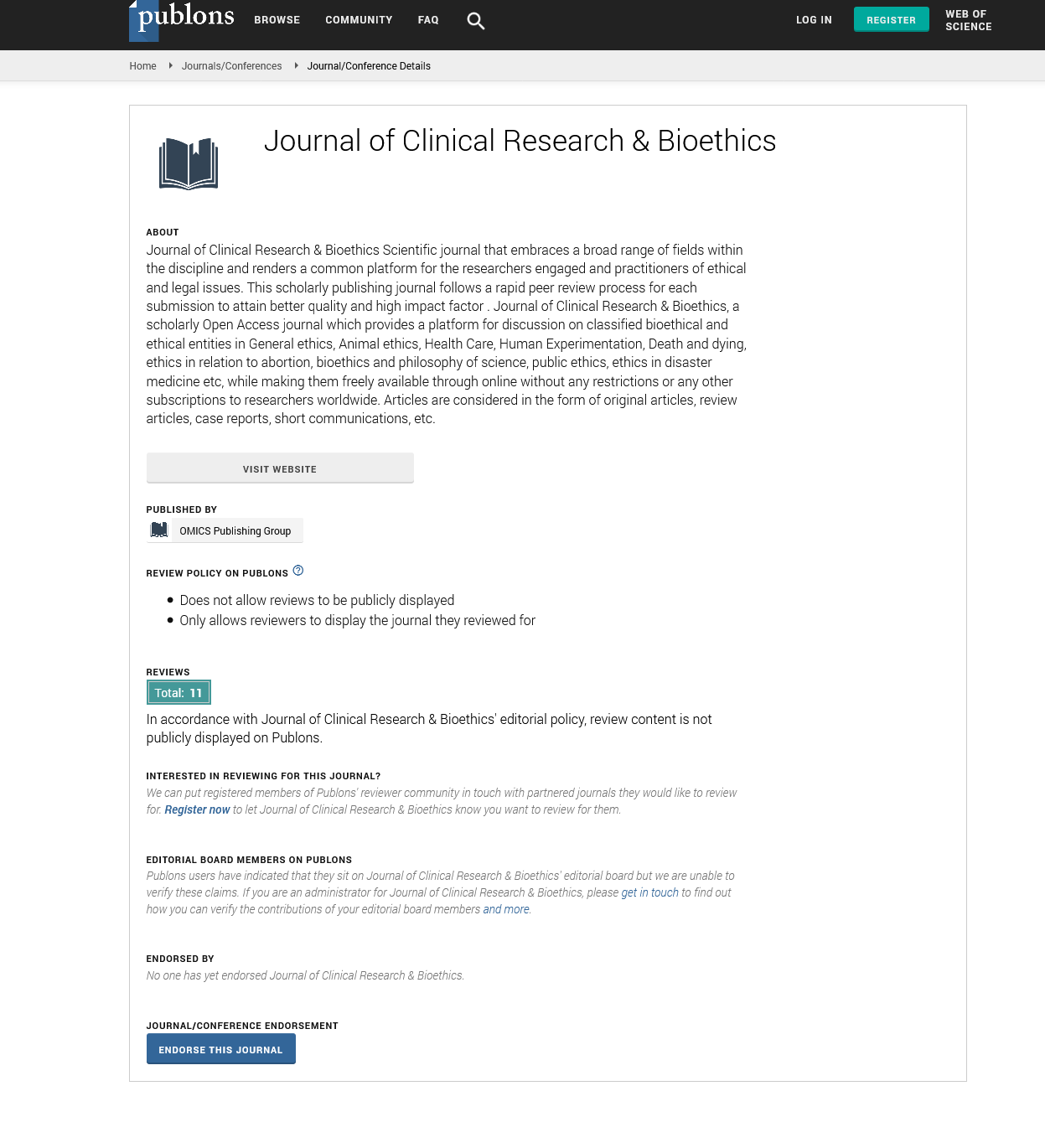Indexed In
- Open J Gate
- Genamics JournalSeek
- JournalTOCs
- RefSeek
- Hamdard University
- EBSCO A-Z
- OCLC- WorldCat
- Publons
- Geneva Foundation for Medical Education and Research
- Google Scholar
Useful Links
Share This Page
Journal Flyer

Open Access Journals
- Agri and Aquaculture
- Biochemistry
- Bioinformatics & Systems Biology
- Business & Management
- Chemistry
- Clinical Sciences
- Engineering
- Food & Nutrition
- General Science
- Genetics & Molecular Biology
- Immunology & Microbiology
- Medical Sciences
- Neuroscience & Psychology
- Nursing & Health Care
- Pharmaceutical Sciences
Abstract
Prevalence and Associated Risk Factors of Ovine Lungworm Infestation in and Around Kemissie Town Oromo Special Zone Ethiopia
Essa Yusuf and Shimeles Abegaz*
The present study was conducted from May, 2022 to January, 2023 in and around Kemisse, Oromo special zone of the Amhara Regional State Ethiopia, with the objectives of two determining the prevalence of ovine lungworm infestation, and species identification and the associated risk factors which provoke the distribution of the disease. Of the total 384 clinically sick and healthy animals examined cooprologically 151 (39.3%) were found to be positive. Age groups, sexes, body conditions, respiratory signs and clinically sick and healthy animals were used as risk factors. The analysis of putative risk factors indicated that there was a significant difference in lung worm positivity based on the study area (χ2=8.913, P=0.030), presence or absence of respiratory sign (χ2=10.70, P=0.001), treatment practice (χ2=24.885, P=0.000) and body condition score (χ2=24.691, p=0.000). Whereas, there was no significant difference (p>0.05) on isolation rate between different age groups (χ2=0.219, P=0.896), and sexes (χ2=0.321, P=0.322). The lungworm parasites identified were include D. filarial, M. capillaries, Protostrongylus rufescens and mixed infection with prevalence of 77 (20.1%), 29 (7.6%), 26 (6.8%), 19 (4.5%) respectively. The prevalence was higher in animals showing clinical signs 88 (22.9%), and those animals not treated earlier 130 (33.9%), and lower in animal without clinical signs 63 (16.4%) and treated 21 (5.5%), and shows a statistically significant difference (P<0.05). The relationship between clinical sign and treatment measure are positively correlated with the development and distribution of the disease among the ovine species. In conclusion, this study indicated that seasonal de-worming approach based on the information obtained from the animal owners has effective measurement for combating the development and distribution of ovine lung worms and generally lungworm as one of respiratory disease complex and important internal parasites in the study area which impair the production and productivity of sheep, implying the need for control intervention.
Published Date: 2023-10-09; Received Date: 2023-09-05

